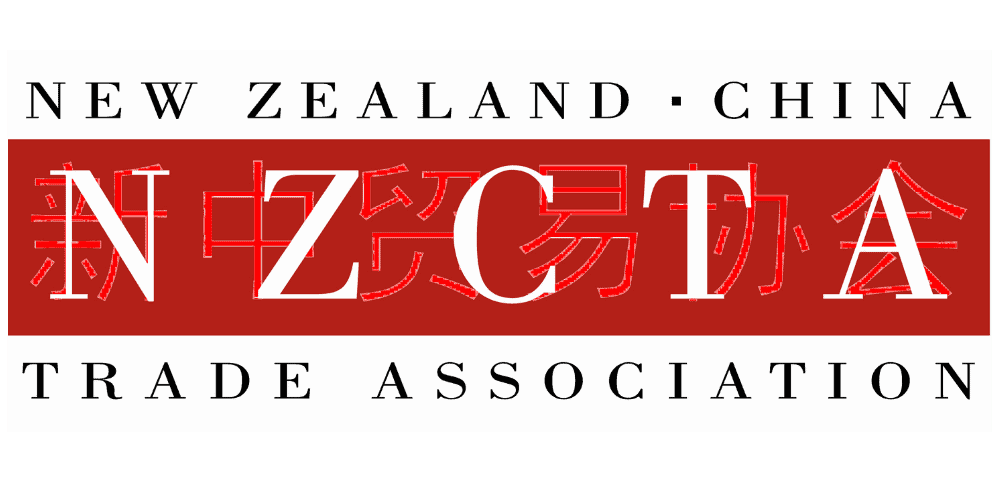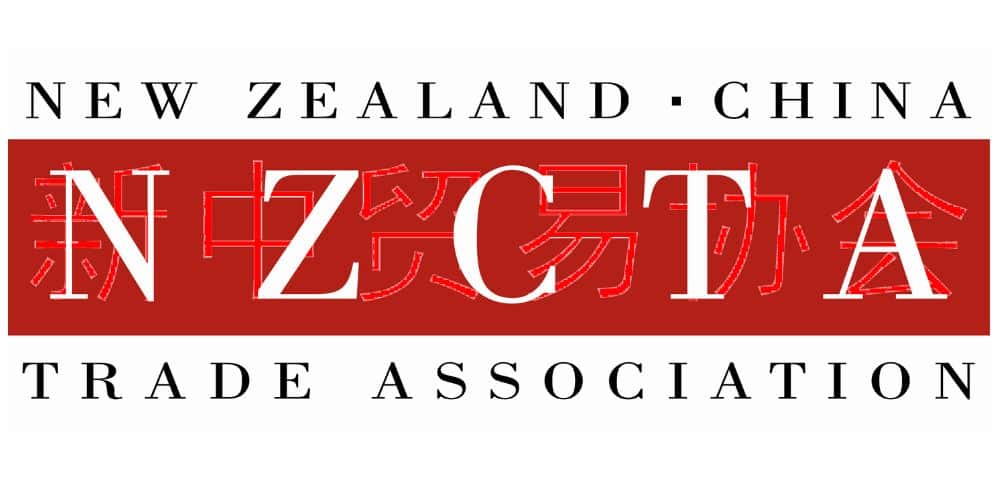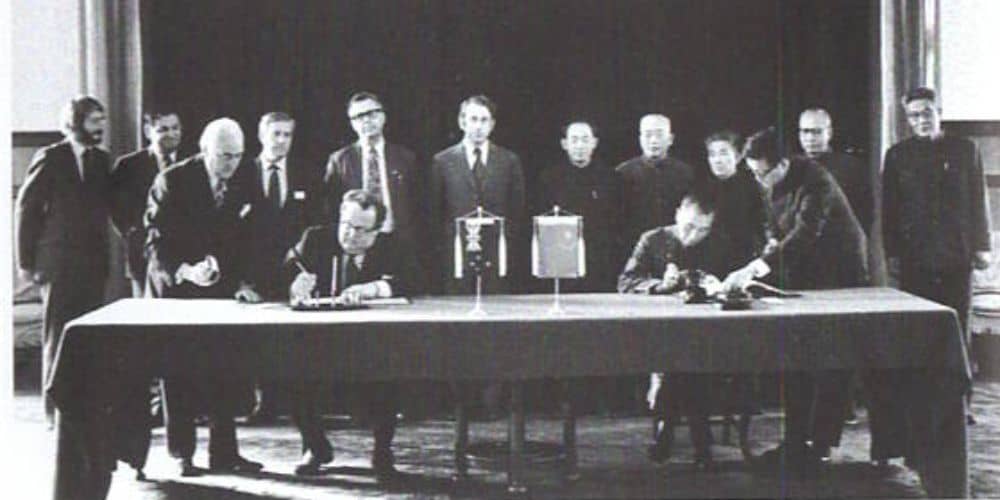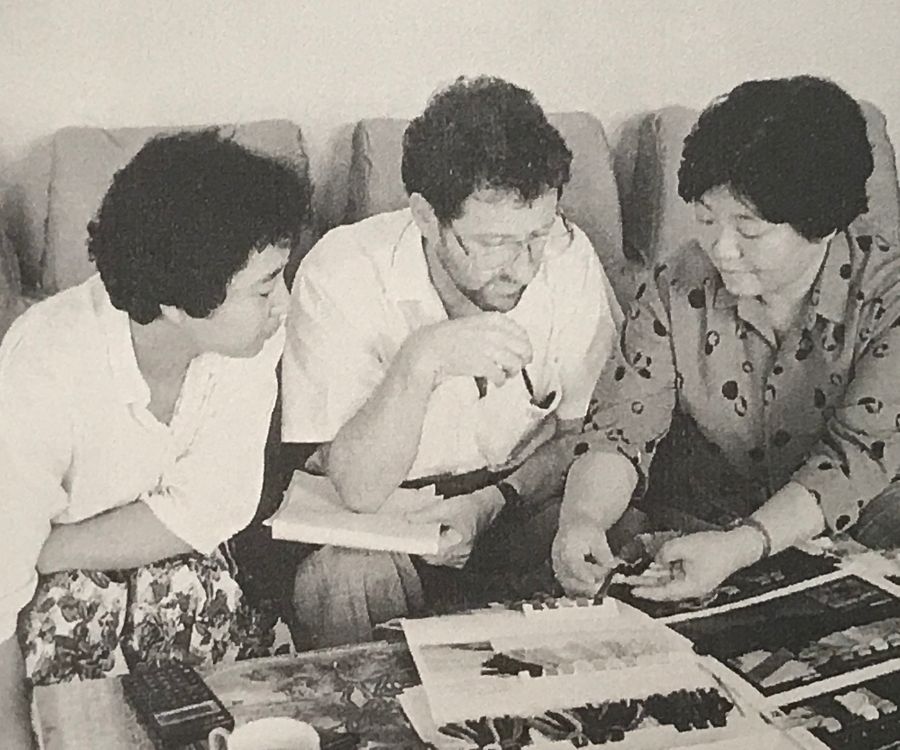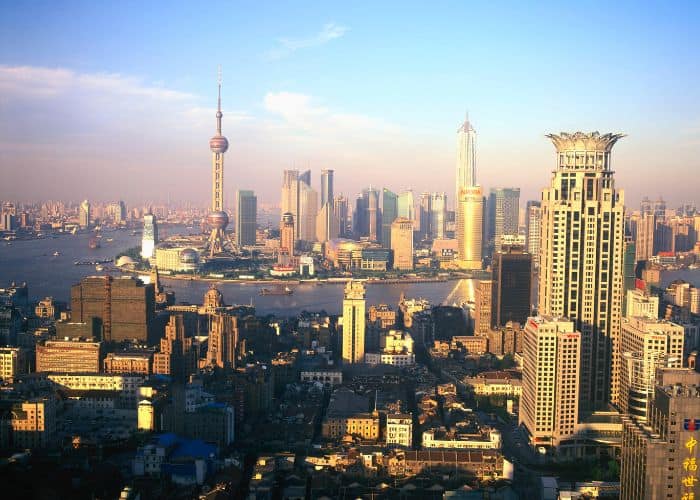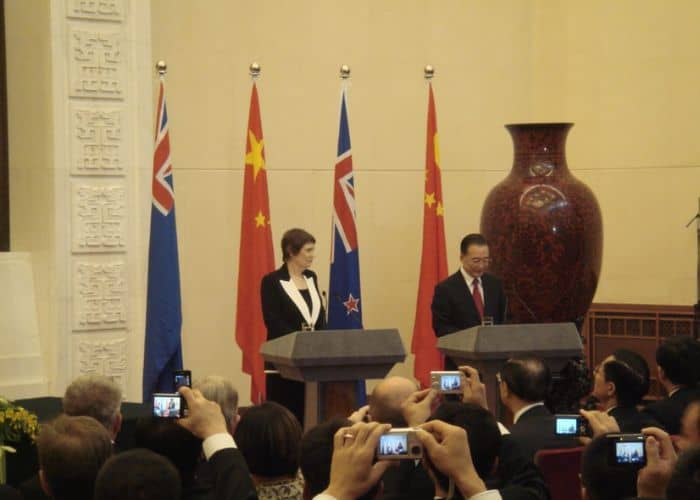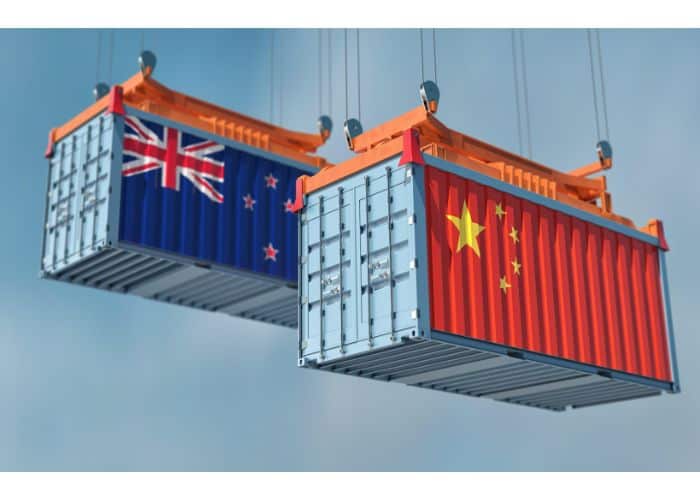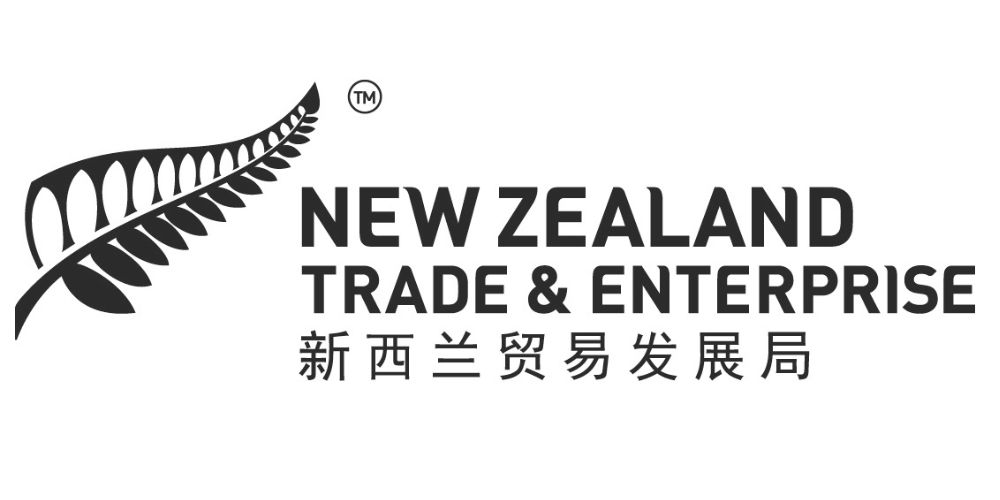Business to business partnerships forged on personal relationships established the trading links between New Zealand and China that over 50 years rose spectacularly from NZ$12.8million worth of two-way sales in 1973 to NZ$38 billion in 2022.
The impetus for this successful commerce was provided by complementarity of needs – China’s growing consumer demand for quality, safe food and beverage products and raw materials to support their industries and New Zealand’s burgeoning market for consumables and manufactured items.
The possibility of such growth was foreseen by early pioneers who roamed the rural provinces of China, banqueted with regional committees, and bargained with provincial and state officials in the early days of the 1970’s.
Their efforts, often supported by New Zealand diplomatic and trade staff officials, led to partnerships with state-owned businesses and a vast range of China entrepreneurs, as well as officials later to become senior figures in China’s administration.
The formal stage for growth was set on 22 December 1972, when New Zealand became the 38th country to recognise the People’s Republic of China. Western nations and China looked for new beginnings in relationships which during post-World War Two years were frequently strained by ideological differences.
In New Zealand’s case, trade followed the flag that arose in the country’s embassy in Beijing soon after the establishment of the new relationship. The early adventuring traders had set the stage for what was to follow as New Zealand committed over decades to what became known as the “four firsts” in international dealings with China of which the most significant and far reaching was the Free Trade Agreement between the two countries in 2008.
The rise in trade that followed from the signing of diplomatic relations with China was so spectacular, especially in agricultural products, that it confirmed the most optimistic dreams of the early pioneers that China would replace the United Kingdom as the main destination for New Zealand farm produce. By 2022 China was New Zealand’s number one trading partner for both exports and imports. Over the preceding decade exports were worth $130.6 billion and imports $116.5 billion.
Statistics are impressive.
• In 1973 China accounted for 0.3% of NZ’s exports; by 2022 the figure was almost 30%.1
• Averaged out, New Zealand exported more to China in one day during the 2022 year than in the entire 1978 year and any year before that.
• Imports from China averaged out in 2022 showed that China on one day in 2022 sent more to New Zealand than in the full year of 1982 and all preceding years.
• Not surprisingly, due to a small population and economy, New Zealand was not so significant for China. In the last year of the period, New Zealand was China’s 43rd largest trading partner, the 51st ranked export destination and the 35th source of imports.2
• But more noteworthy, New Zealand by 2021 was the fourth largest global supplier of food and beverage products to China, behind only the U.S. Netherlands and France.3
While primary products have been a dominant factor in the scale of New Zealand’s exports, the make-up of commodities has changed over the years. Wool was the dominant export in early decades. Tallow, used for soap production, showed out strongly in the 1970’s. But neither of these featured strongly in 21st century statistics, with dairy, meat, seafood, infant formula, wood, and fruit standing out.
Major imports from China in early years of the relationship reflected the low base from which China was seeking to build its economy with cotton, fabrics, and other fibre materials amongst the main items. By 2022 the success of the country’s economic modernisation was showing through with electronics, machinery, apparel, furniture, and other consumables dominating in statistics. Deregulation of the New Zealand market also sparked a lift in the supply from China of low-cost consumables.
Two other factors entered the trading relationship in the 21st century – an explosion in numbers of Chinese tourist visitors and a surge of Chinese students entering New Zealand’s educational institutions. Chinese companies also began investing in New Zealand to secure supplies of raw materials, moves which brought new capital, resources, technology, and improved access to markets through partnership agreements.
Diversification of New Zealand’s trade became prominent in the latter years with companies able to better access China’s increasingly wealthy middle class through ecommerce. Growth was also underpinned by a greater appreciation among New Zealand exporters of the importance of on-ground representation to keep pace with a rapidly changing market and to get closer to customers and a discerning and well-connected consumer base.
The bilateral trading journey was not without its challenges. During early years, a lack of financial resources and failure to appreciate nuances of business customs and regulations were a barrier to New Zealand companies seeking to expand through direct investment in China. Failed investments from time-to-time created negative impressions. Chinese businesspeople found the constraints of a small New Zealand market difficult to appreciate and puzzled over its regulatory environment.
Maturity became evident, however, following the signing of the Free Trade Agreement between the two countries. The benefits of close co-operation were highlighted by agreements reached between Departments/Ministries of the two countries on best regulatory processes in a range of sectors including meat, dairy and horticultural trade.
Characteristic of the relationship has been a regular flow of visits by Leaders and Government Ministers from one country to the other, reinforced by regular visits by delegations to and from Chinese cities and provinces to develop business opportunities for both sides.
The early pioneers conducted their business by letter – New Zealand to China and back; by telex and its fiddly insertion of minutely holed tape paper; by letters of credit and bank drafts; used hard copy brochures and pamphlets as selling tools; and travelled circuitous routes from New Zealand to Hong Kong before entering mainland China. All this now superseded by email; online payments; electronic presentations; digital promotion; social media; and direct air travel.
The qualities of entrepreneurship and persistence that brought the people of the two countries together for mutual trade benefit are well capable of handling future commercial challenges. They include calls for New Zealand to diversify its export sales away from the China market, China’s dual circulation policy, a shift towards local products and brands amongst Chinese consumers and talk from some quarters around “decoupling” and “de-risking”.
But, just as the maturity evident in the bilateral trade relationship seems set to cope with these, it is equally a positive factor in the handling of geo-political developments that continue to swirl around the globe. It is a relationship that has survived and prospered to the benefit of both countries since 1972 and was crucial to the stability of the New Zealand economy during the global financial crisis of 2008 and the 2020-22 Covid epidemic.
A top 10 Chinese phrase as a definition of success is: “Coming together is a beginning; keeping together is progress; working together is success”. Over 50 years of trading, businesses from both sides have come together; kept together through tough economic conditions and the Covid epidemic; and worked together in recent years to set record levels of trade between the two countries.

